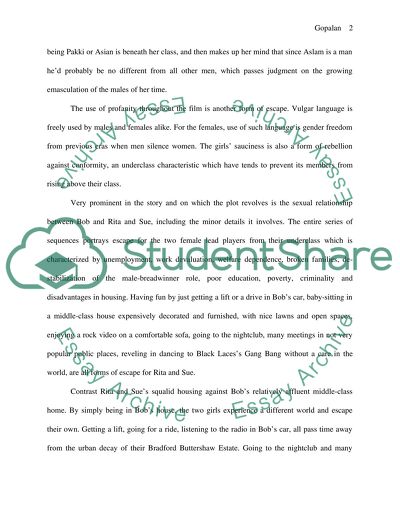Cite this document
(“Rita and Sue Escaping Constraints of Class and Gender Backgrounds Movie Review”, n.d.)
Rita and Sue Escaping Constraints of Class and Gender Backgrounds Movie Review. Retrieved from https://studentshare.org/miscellaneous/1499970-rita-and-sue-escaping-constraints-of-class-and-gender-backgrounds
Rita and Sue Escaping Constraints of Class and Gender Backgrounds Movie Review. Retrieved from https://studentshare.org/miscellaneous/1499970-rita-and-sue-escaping-constraints-of-class-and-gender-backgrounds
(Rita and Sue Escaping Constraints of Class and Gender Backgrounds Movie Review)
Rita and Sue Escaping Constraints of Class and Gender Backgrounds Movie Review. https://studentshare.org/miscellaneous/1499970-rita-and-sue-escaping-constraints-of-class-and-gender-backgrounds.
Rita and Sue Escaping Constraints of Class and Gender Backgrounds Movie Review. https://studentshare.org/miscellaneous/1499970-rita-and-sue-escaping-constraints-of-class-and-gender-backgrounds.
“Rita and Sue Escaping Constraints of Class and Gender Backgrounds Movie Review”, n.d. https://studentshare.org/miscellaneous/1499970-rita-and-sue-escaping-constraints-of-class-and-gender-backgrounds.


